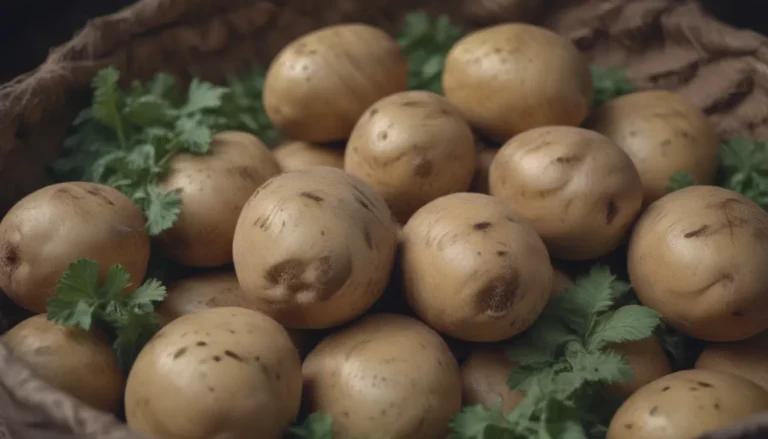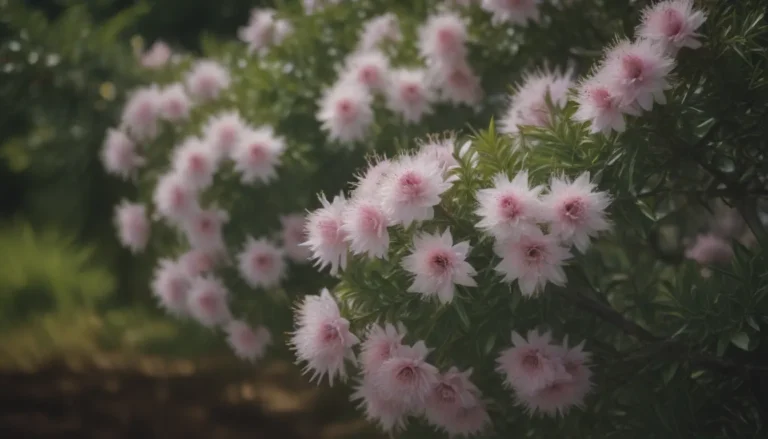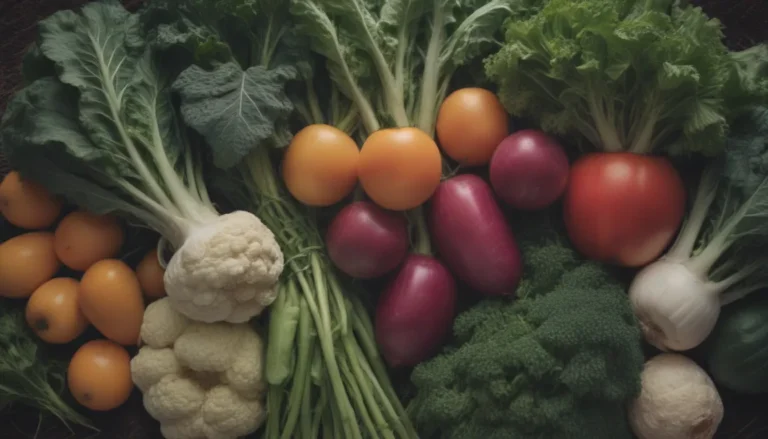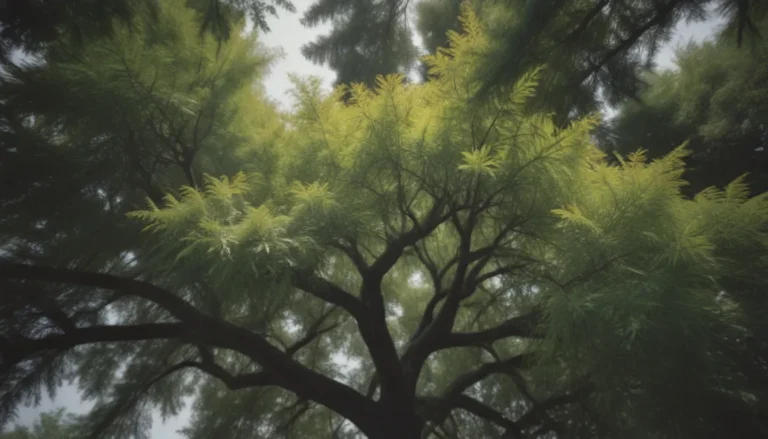A Beginner’s Guide to Growing and Caring for Helenium (Sneezeweed)
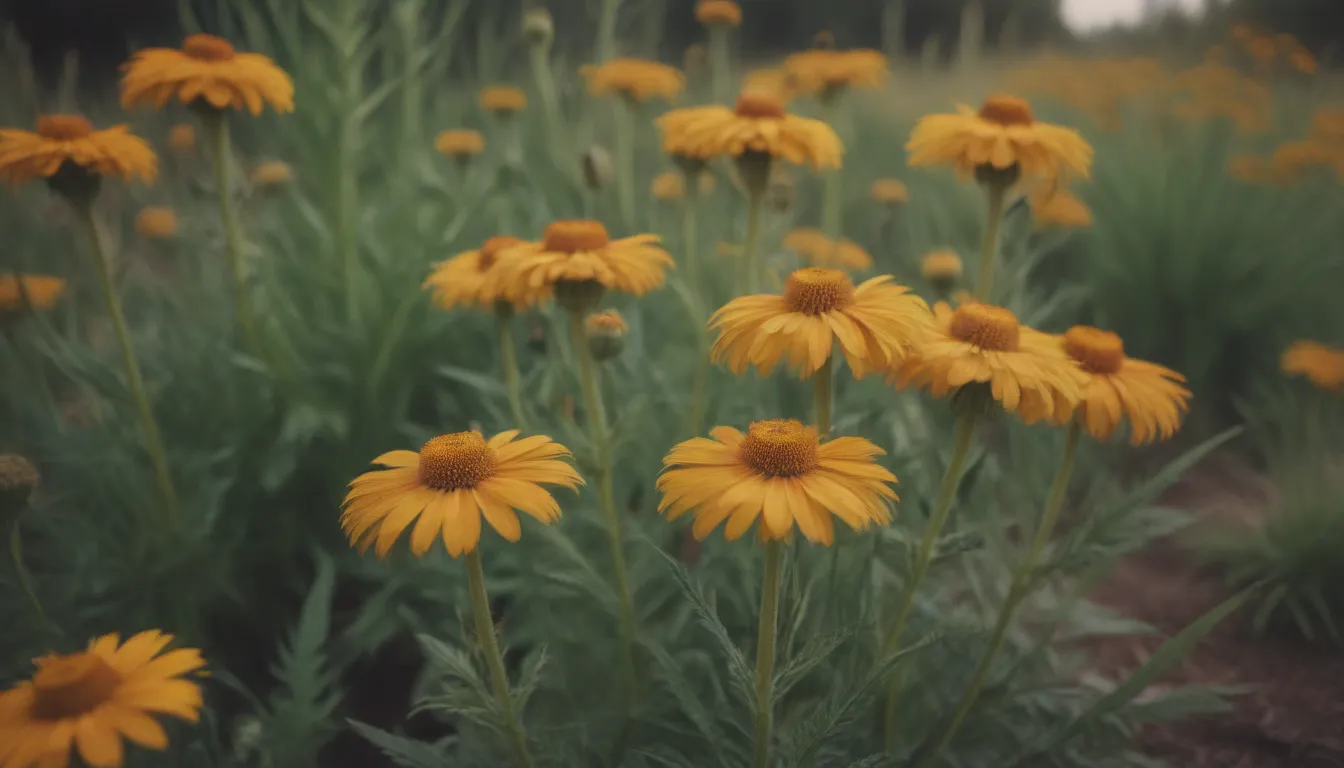
If you’re a gardener looking to add a pop of color to your garden, consider growing Helenium, commonly known as Sneezeweed. This native plant to the United States and southern Canada offers a variety of hues like yellow, gold, orange, red, and brown. In this comprehensive guide, we will delve into everything you need to know about cultivating and maintaining Helenium plants in your garden.
Introduction to Helenium
Helenium, also known as Sneezeweed, is a charming perennial that blooms in late summer and fall. Its lance-shaped foliage and upright stems make it a standout in any garden. While the native type sports a simple yellow daisy-like flower, horticulturists have developed a range of varieties that can suit any garden style, from cottage gardens to wildflower meadows. Plus, the blooms of Helenium attract butterflies, adding a touch of whimsy to your outdoor space.
When it comes to garden design, consider pairing Helenium plants with other moisture-loving ornamentals like beautyberry or hibiscus. For optimal visual impact, plant Helenium in groups of three or five to create a stunning display.
Helenium Care Guide
To ensure your Helenium plants thrive, it’s essential to provide them with the right growing conditions and care. Here are some key care requirements for cultivating healthy Helenium plants:
Light
Helenium plants thrive in full sun, requiring at least six hours of sunlight each day. However, they can tolerate some afternoon shade, especially in dry areas.
Soil
Ensure your soil is slightly acidic, with a pH range of 5.5 to 7.0. Helenium plants prefer moist conditions but not soggy soil. Consider planting them in a rain garden site where moisture naturally collects.
Water
Helenium plants need moderate to heavy moisture and should be watered regularly, especially during dry spells. Applying a 3-inch layer of organic mulch can help retain soil moisture.
Temperature and Humidity
Helenium plants can tolerate humidity and hot summers. Proper spacing is essential to prevent fungal diseases in high humidity.
Fertilizer
Helenium plants are not heavy feeders. Apply a balanced flower fertilizer in the spring, following the product label instructions.
Types of Helenium Cultivars
If you’re looking to add diversity to your garden, consider planting different cultivars of Helenium. Here are some interesting selections to explore:
- ‘Adios’
- ‘Beatrice’
- ‘Butterpat’
- ‘El Dorado’
- ‘Red-Haired Katy’
- ‘Waldtraut’
Pruning and Propagation
To keep your Helenium plants healthy and blooming, consider the following tips:
Pruning
Pinch back young Helenium plants in the spring to encourage branching and sturdy growth. Deadhead spent flowers to promote continuous blooming.
Propagating
Helenium can be easily grown from seeds or propagated through cuttings. Here’s how you can do it:
- Growing Helenium from Seed: Start seeds indoors to establish a large colony quickly.
- Potting and Repotting: Helenium can be grown in containers with proper drainage. Remember to water and fertilize container plants more frequently.
Overwintering
Provide winter protection to your Helenium plants by mulching them with hay or straw. Remove the insulating layer in the spring to allow new growth.
Common Pests and Diseases
While Helenium plants are generally hardy and disease-resistant, they may be susceptible to powdery mildew or leaf spot if overcrowded. Ensure proper spacing and airflow to prevent these issues.
Encouraging Bloom
If you’re looking to enhance blooming in your Helenium plants, here are some tips to follow:
- Bloom Months: Helenium typically blooms between July and September.
- Blooming Duration: Under optimal conditions, Helenium blooms for 1 to 2 months.
- Bloom Characteristics: The daisy-like flowers of Helenium come in bright colors like yellow, gold, and orange. Encourage more blooms by providing adequate sunlight and avoiding over-fertilization.
Conclusion
In conclusion, Helenium (Sneezeweed) is a delightful addition to any garden, offering vibrant colors and attracting butterflies. By following the care tips outlined in this guide, you can cultivate healthy and blooming Helenium plants in your outdoor space. Whether you’re a novice gardener or a seasoned pro, growing Helenium can add beauty and charm to your landscape. So, roll up your sleeves and get ready to plant some Sneezeweed in your garden!

